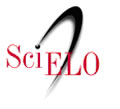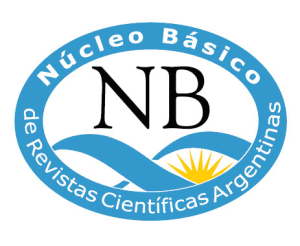Dynamics of the structure and composition of Saccharomyces cerevisiae RC016 cell wall subjected to gastrointestinal conditions
DOI:
https://doi.org/10.62168/invet.v26i1.41Keywords:
yeast, Calcofluor white, transmission electron microscopy, scanning electron microscopyAbstract
The yeast Saccharomyces cerevisiae is a model organism, characterized by being a most valuable species for a variety of industrial applications. Between the applications of S. cerevisiae is its use as a livestock feed decontamination strategy, sequestering the mycotoxin molecule by adsorption, reducing the bioavailability from the digestive tract and preventing the AFB1 absorption through the intestine. The S. cerevisiae RC016 strain isolated from pig gut, showed biological control properties against Aspergillus parasiticus, Fusarium graminearum and Aspergillus carbonarium, was able to adsorb AFB1 promoted beneficial properties to the host with the absence of cytotoxicity and genotoxicity and was able to survive under gastrointestinal tract (GIT) conditions. Is important to deepen the knowledge of the morphological and ultrastructural characteristics of the yeast cell wall that allow the adsorption of mycotoxin. The objective was to evaluate the dynamic of the Saccharomyces cerevisiae RC016 cell wall under gastrointestinal (GIT) through different microscopic techniques. Calcofluor white technique, transmission electron microscopy, scanning electron microscopy, morphometric analysis and fluorescence intensity expression analysis were used. The cell wall thickness as well as the β-glucan-chitin expression were significantly higher in the gastric solution. In previous studies, our research grouphas determined that S. cerevisiae RC016 adsorbs the higher levels of aflatoxin B1 in gastric juice. In the
present study the cells preserved the external and internal architecture in gastric solution while in the intestinal solution the three-dimensional morphology and ultrastructural conformation were notably altered. The yeast in gastric solution maintained its ultrastructural morphology, showed an important cell wall thickening and had high β-glucan-chitin levels. Calcofluor white staining, a specific and low-cost technique, allowed a later morphometric-densitometric analysis of the cell wall. It is important to have a technique that differentially determine the portion of the yeast cell wall that allows the adsorption. The use of S. cerevisiae RC016 as bio-detoxifier would be a promising and economical strategy to reduce the exposure of livestock to mycotoxins.
Downloads
Downloads
Published
Issue
Section
License
Copyright (c) 2024 Andrea Lorena Cristofolini, Analía Fochesato, Mariana Fiorimanti, Alexis Alfonso, Carlos Gomez, Valeria Poloni, Keisy Gómez, Cecilia Merkis, Lilia Cavaglieri

This work is licensed under a Creative Commons Attribution-NonCommercial-NoDerivatives 4.0 International License.













